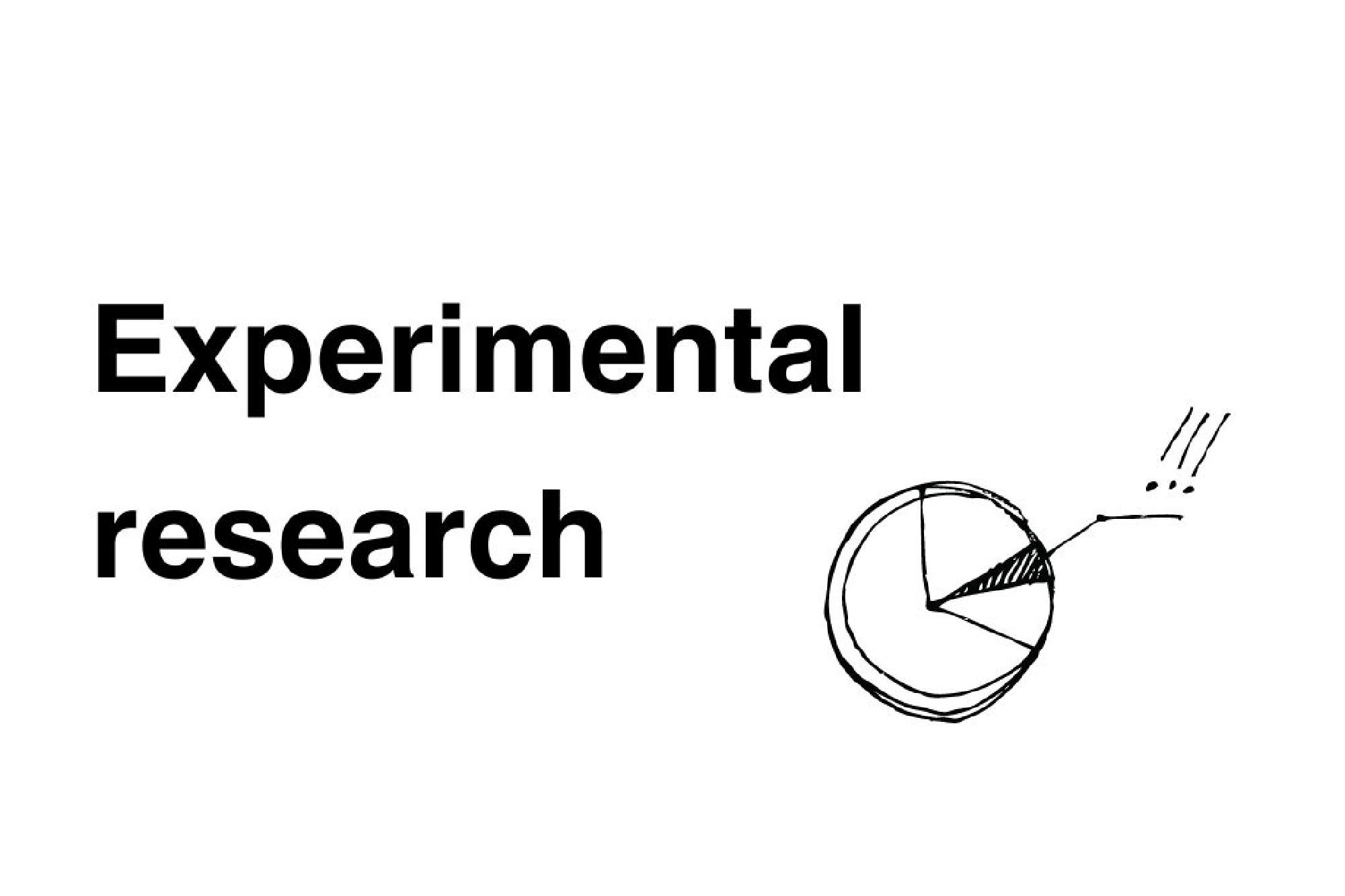Experimental research

Research on structural priming
Structural priming is a psycholinguistic phenomenon observed in language production and language comprehension that consists of a tendency to repeat a linguistic structure one has previously been exposed to. Structural priming has been attested in human-human interaction, but also in human-computer interaction. There is currently a huge scientific debate regarding what structural priming means or why it occurs in the first place.
The Structural Priming project is actually a set of smaller projects that seek to shed light on the phenomenon of structural priming. Some questions being examined in these projects concern the nature of structural priming in various understudied populations of speakers, the influence of language (i.e., why some linguistic structures are more "primeable" than others), as well as the effect of the interaction (human-human interaction vs. human-computer interaction).
Altogether, these projects contribute to our understanding of the psycholinguistic mechanisms which are at play in human communication. This is specially important nowadays when there is a big push towards the adoption of conversational technologies.
Below, you can find a list of published research papers reporting some of the findings of the Structural Priming project:
Hurtado, I., & Montrul, S. (2021). Priming dative clitics in spoken Spanish as a second and heritage language. Studies in Second Language Acquisition, 43(4), 729-752. Read paper →
Hurtado, I. (2021). Syntactic priming may not lead to language change. Proceedings of the 12th International Conference of Experimental Linguistics, 121-124. Read paper →
Hurtado, I. (2021). How do construction frequency effects modulate L2 priming? Proceedings of the 45th Annual Boston University Conference on Language Development, 346-359. Read paper →
Hurtado, I., & Montrul, S. (2020). Examining the effects of structural priming on three different populations: Spanish native speakers, Spanish L2 learners, and Spanish heritage speakers. Proceedings of the 44th Annual Boston University Conference on Language Development, 196-209. Read paper →